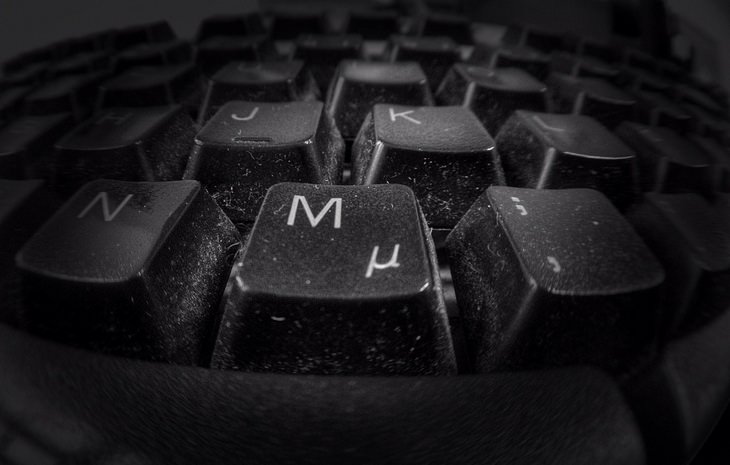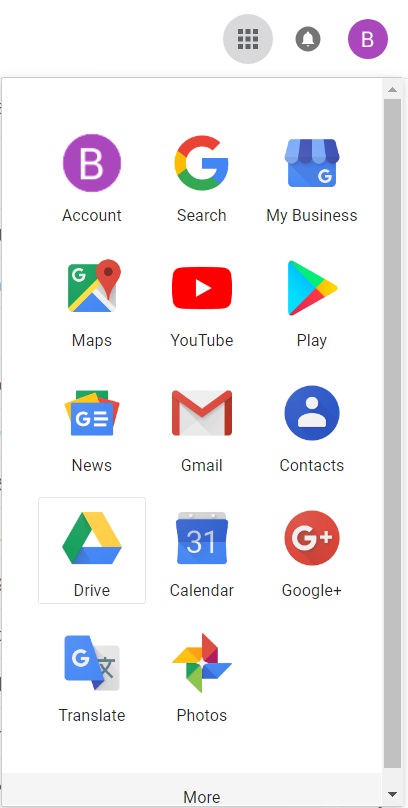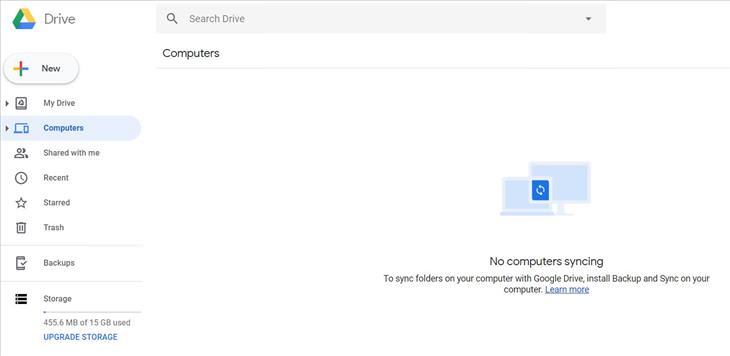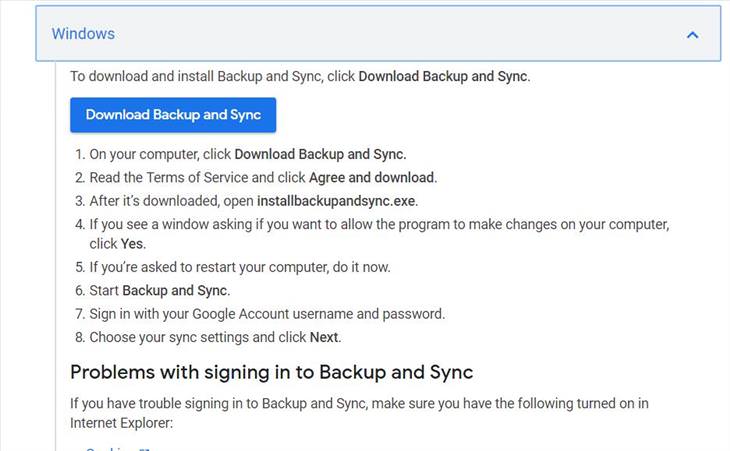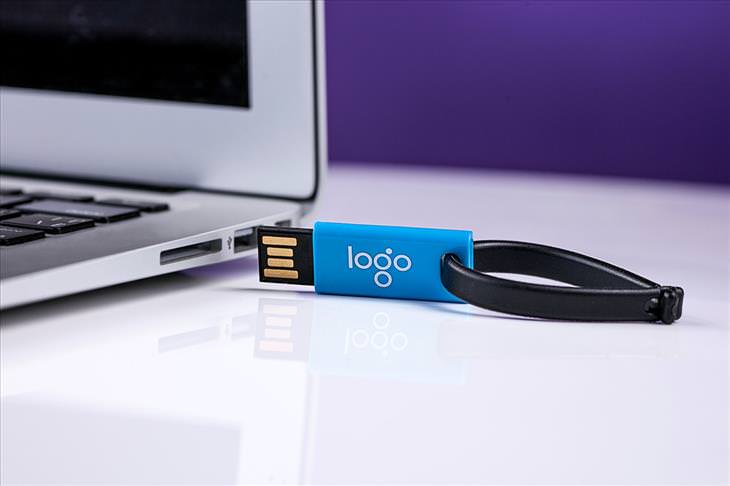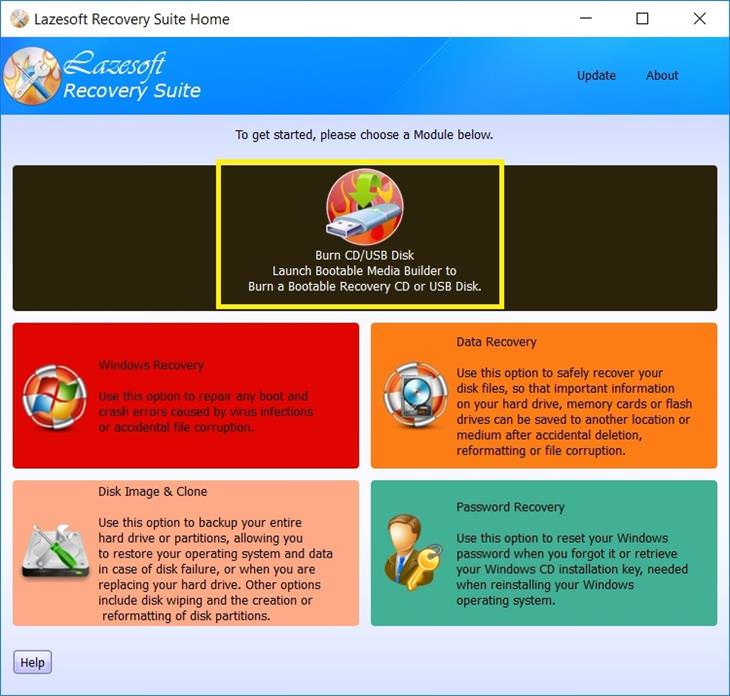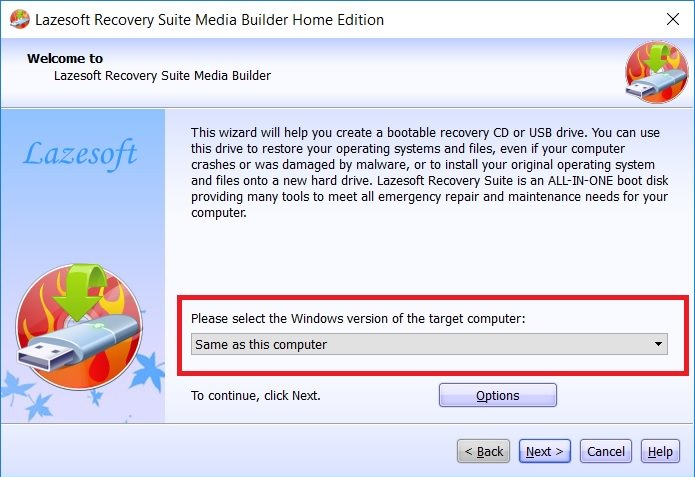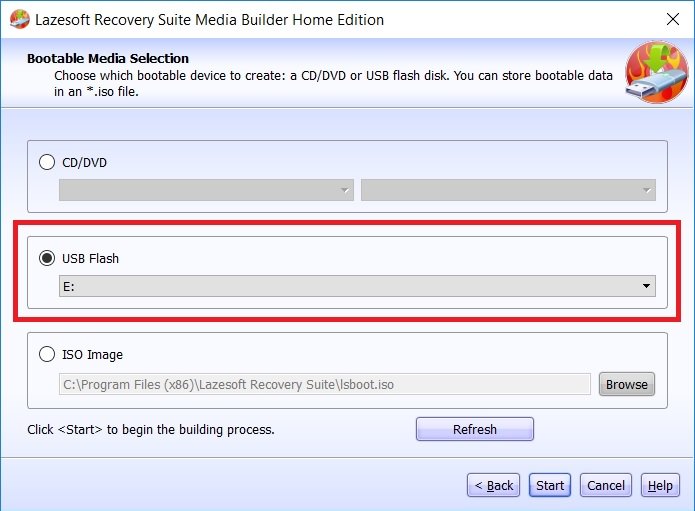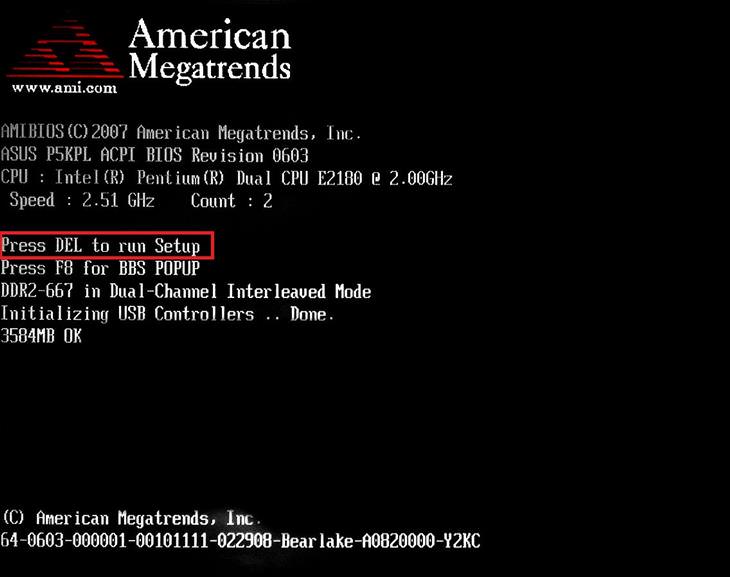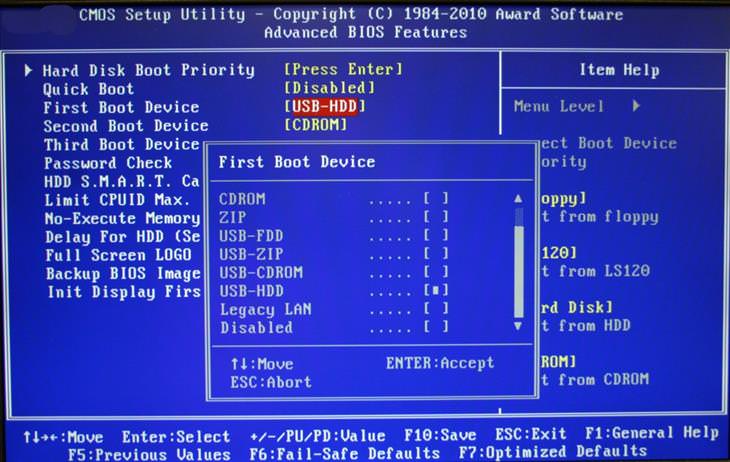Defragment your hard drive:
You may conceptualize files as whole units of data on your computer, but that’s not how your computer sees them. When your computer writes a file, it distributes bits of the file across your hard drive, which normally doesn’t cause any issue, as your computer knows how to store them efficiently in a contiguous area which is easy to access.
And yet, when you delete files, you leave behind gaps that fit those files perfectly but might not fit newly-written files as well, causing your computer to break your files to fragments.
This makes it harder for the computer to run these files, causing speed issues.
That being said, this is all true only of hard disk drives (or HDD), those drives that have a moving disk component. Other drives are known as solid state drives (or SSD) and these store data differently. Defragmenting an SSD is not only unnecessary - it can cause harm to the drive.
So how can you tell what kind of hard drive you have and whether or not you should defragment it? Luckily, this had been made very simple in recent years. The defragmentation tool (now called “optimize drives” in Windows 8 and 10) tells you.
Right after the drive name is a column named “media type” that tells you whether the drive in question is HDD or SSD. You need only optimize hard disk drives. You can (and should) schedule the defragmentation tool to run automatically at regular times (say, once a week).
Clean your hardware:
Our computers collect all sorts of dust and food particles. As a general preemptive rule, we’d advise you not to eat or drink near the computer as well as wash and dry your hands before using your keyboard and mouse. Obviously, this isn’t a catch-all solution, but it definitely keeps them relatively cleaner.
You would still need to clean them every now and again, as well as your monitor and the computer itself. Here is a comprehensive article on how to do exactly that
Clean your software:
As computers have changed, so have the threats. Though we still call protection tools “antivirus”, viruses constitute a rather small portion of the things that endanger our computer, known collectively as “malware”. These include spyware (malware aimed at gathering information about you), adware (malware that causes unwanted advertisements to appear in your computer), Trojans (malware that dupes you into giving someone remote access to your computer) and more.
There are several great anti-malware tools around, many of them free for use. What you should look for is a good antivirus tool that runs in the background and identifies threats as they appear in real-time (we have a great list here), and a second anti-malware tool aimed at finding the more common types of malware to run on-demand scans.
Note that you should not let both run simultaneously in the background, as they might interfere with one another and slow down your computer, and keep only the one you need for day-to-day protection running.
Uninstall unneeded files and programs:
You might not know this, but dragging an icon to the recycle bin doesn’t necessarily remove it from your computer, and if it does- there’s a good chance it isn’t doing so properly. If you want to remove a program from your computer, search on your computer for a tool named “apps and features” (or “programs and features” in Windows 8):
 Click on the unwanted program and click uninstall.
Click on the unwanted program and click uninstall.
Also, when using the recycle bin, be aware that simply putting stuff in there doesn’t remove it from your computer, and just like a real trashcan, you’ll have to empty it once in a while. This is done by right-clicking the recycle bin icon in your desktop and choosing “empty recycle bin”.
Back your computer up:
You never know what might happen to your computer, and as we tend to store very sensitive information, as well as sentimental items, on our computers, it is absolutely crucial to back your most prized files up so that they can be restored if something were to happen. There are several ways of achieving this:
Back up to an external drive
Save your files to a flash drive or an external hard drive. Search for “backup settings” and chose “add a drive” and select the drive you want to back up. This will back your files onto the selected drive, saving all of the important system files so that, in case something happens to your hard drive, you will be able to restore it to exactly the same state it was in beforehand.
In case you want to save more personal files onto your flash drive, that is also very easy to accomplish. Simply open "my computer/this PC" and open your USB drive (it is typically the last option). In a separate window, choose the folders or files you want to save on your external drive and drag them into the first window you opened, that of the USB drive.
Save your files using a cloud storage service
There are quite a number of free options to save files onto an online drive, including Google Drive and Microsoft OneDrive. These are very easy to use, and allow you to access these files no matter which computer you are currently using.
For the purpose of this guide, we'll use Google Drive. To access your Drive, simply enter your Gmail account (if you don't have one, set one up) and click the grid icon at the upper right corner:
Choose "computers" and click learn more:
Click "Download Backup and Sync" and follow the instructions:
Make a bootable USB stick:
Let's unpack the word-salad above. When your computer starts, it automatically selects the default operating system to run. Now, if your operating system isn't functioning properly, it's likely that you won't be able to even restore the system to a previous functioning state. What you do if this happens, is override the computer's automatic choice and boot the computer using an operating system that's installed on an external device. Doing so allows you to work on figuring out what's wrong with the computer and repairing the damage to your system.
There are several ways to create a bootable USB stick or disk, from which you can do all of this. For our purpose, we'll choose the simplest one: Lazesoft offers a one-stop-shop wizard that will create a boot device for you that's free to download.
Once you've downloaded and installed Lazesoft Recovery Suite, run it and chose the topmost option- "burn CD/USB disk":
If you're using the same computer you want to recover in case of emergency, leave the default option of "same as this computer" when selecting the Windows version. Otherwise, specify the version of Windows of the target computer to recover.
Next, choose the directory of your USB flash drive (if you haven't attached it yet, do so now). Then click start.
Your bootable USB stick is now ready to use. In order to boot, turn your computer on and press the specified key for setup when prompted (the key is typically F2, F10 or DEL). If you didn't manage to press in time, just reset and keep pressing the key until you get the setup screen.
The setup interface changes from computer to computer, but the principles are the same. Most setup screens will have navigation instructions at the bottom of the page:
Choose Boot> First Boot Device and change the device to your flash drive. Save and exit. Your computer should now boot using your USB drive.
Turn your computer off:
It sounds obvious, and yet a lot of us have a tendency to just leave our computer on power-saving mode, sleep mode or what-have-you. We do this mainly because we have some windows open that we’d rather have access to, some program running and other reasons that boil down to convenience. Sometimes that’s okay, but beyond the impact on the electricity bill, a computer- just like a human- needs some good, solid rest. If you don’t absolutely need to leave your computer running, just save your files, pause whatever program you have open, and shut your computer down. If you’re worried you’ll lose whatever browsing tab you were looking at- don’t; it is extremely easy to restore browsing history by clicking on the upper left corner of your Chrome browser (three vertical dots), choosing “history” and clicking the option below “recently closed”.





